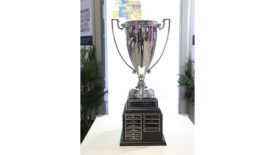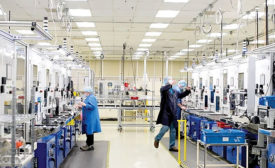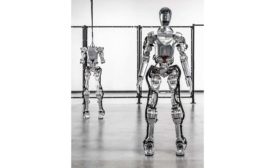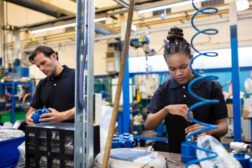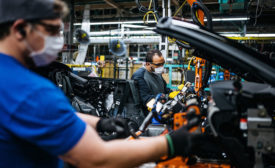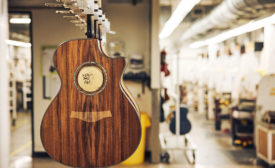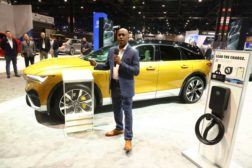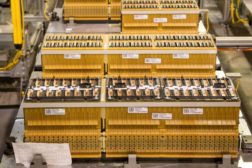Articles by Austin Weber
Assembly Lines
Ferrari and Philip Morris Partner on Sustainable Factories
February 16, 2024
Assembly Lines
Auto Suppliers Need to Shift Focus to Survive the Next Decade
February 13, 2024
Get our new eMagazine delivered to your inbox every month.
Stay in the know on the latest assembly trends.
SUBSCRIBE TODAY!Copyright ©2024. All Rights Reserved BNP Media.
Design, CMS, Hosting & Web Development :: ePublishing
